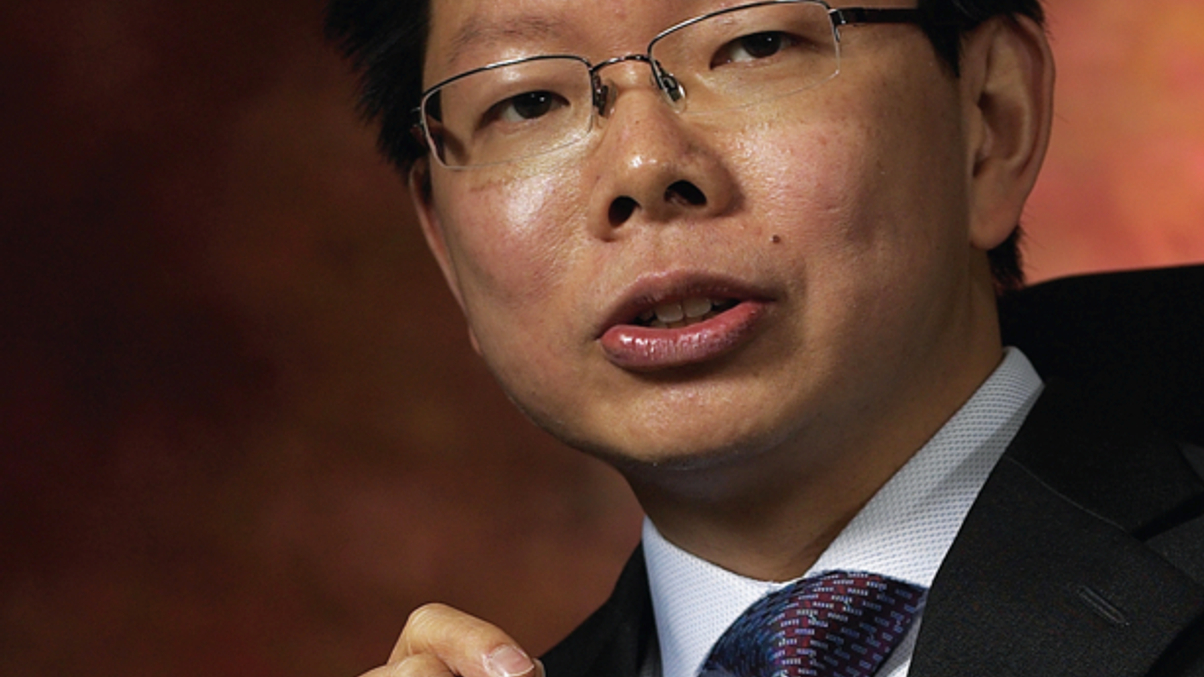Eyeing real estate and infrastructure
Jeffrey Tan, regional investment director at Ageas.

Jeffrey Tan is Hong Kong-based director of investment and corporate finance for Asia at Belgian insurance group Ageas. He oversees €25 billion ($33.2 billion) in assets for the firm’s life and property-and-casualty businesses across the region.
Sign in to read on!
Registered users get 2 free articles in 30 days.
Subscribers have full unlimited access to AsianInvestor
Not signed up? New users get 2 free articles per month, plus a 7-day unlimited free trial.
¬ Haymarket Media Limited. All rights reserved.


